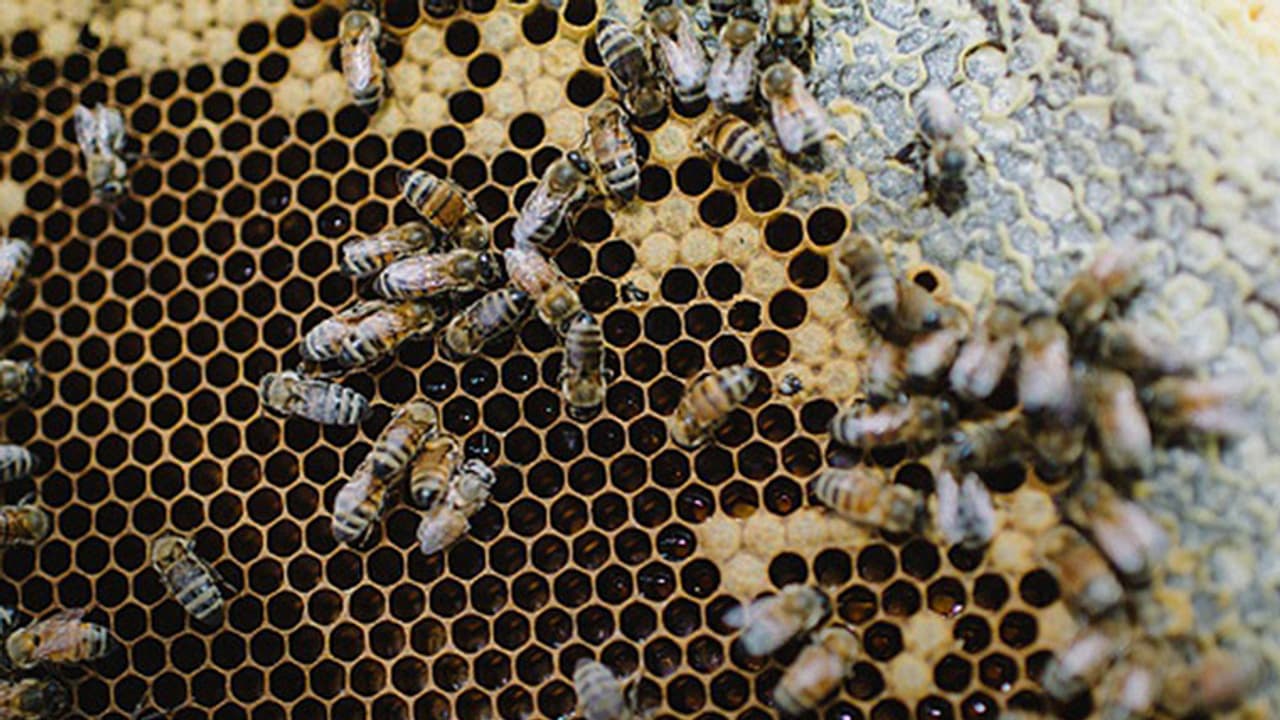Experts say Karnataka used to produce 1200 tonnes of honey every year, but now it has reduced almost by half to 600 to 700 tonnes. Vanishing beehives is also causing loss of beekeepers' job. To encourage beekeeping Bee Culture Division, Department of Horticulture is also offering subsidy on honey bee boxes.

With the unplanned urbanisation and rampant cutting of trees in Bengaluru and also reduction in agriculture in rural areas, the production of honey and beehives has decreased in the recent past. Experts say that the state used to produce 1200 tonnes of honey every year, but now it has reduced almost by half to 600 to 700 tonnes.
Professor Kuberappa, Department of Bee Culture, Agriculture Sciences University, stated that, “We used to see more than 300 beehives in 50 to 60 year old peepal trees 10 years ago in our university campus but now it has reduced. We hardly see 30 beehives here and there in few trees nowadays. This has also led to many beekeepers losing their job. These days, people have to go in search of beehives on tall buildings rather than trees. Although there are no stats in our hand about the bee collection, from the current scenario, it can be told that there are lesser bees and no beekeepers. ”
Earlier, areas with dense trees like Yelahanka, GKVK, Hebbala were the potential places for the production of honey, from where Bengaluru extracted 10 tonnes of honey every year, now it has reduced to only five tones.
 However, many new people from different parts of India who have migrated to Bengaluru have taken up extracting honey from beehives as their profession. They are being called by the apartment complexes to take out the beehives.
However, many new people from different parts of India who have migrated to Bengaluru have taken up extracting honey from beehives as their profession. They are being called by the apartment complexes to take out the beehives.
Manoj, who has been into this profession from past five years, shares his experience in hunting for beehives and extracting honey. He said, “We do not disturb the hive or kill bees. Once we burn a particular leaf, the bees go away and we extract honey from the hive. The bees move to another hive.”
G Raju who owns Karnataka Apiculture in Kanakapura Main Road in Bengaluru Outskirts says, the deadly disease of Thai Sacbrood which killed crores of honey bees in 1992 has not yet been wiped out completely. The virus is still present and impacts the honeycombs. This apart from the pollution and increase of construction has reduced the honey production further.
“From 300 boxes, I use to get 10 tonnes in a year in Bengaluru in early 2000, but with the increase in urban cover and loss of green cover, the bee flora (honeybee food) had resulted in reduce of bees and nectar collection. I get only 5 tonnes of honey now,” he said.
Raju places the home grow bee in honey collection boxed at agriculture fields in places like Kankpura, Hoskote, Devanahalli, Nelmangala. The Nilgiri groove and sunflower fields are the places from where beekeepers extract large quantity of honey. “The bees help in pollination of flowers and increase the yield. Farmers get good production of flower and we get honey,” said Raju.
 Dr Hemalatha from Bee Culture Division, Department of Horticulture says, the production in 2016 was 700 metric tonnes and in places like, Dakshina Kannada, Uttara Kannada, Chikkamagalauru and Coorg witnessed decent honey yield.
Dr Hemalatha from Bee Culture Division, Department of Horticulture says, the production in 2016 was 700 metric tonnes and in places like, Dakshina Kannada, Uttara Kannada, Chikkamagalauru and Coorg witnessed decent honey yield.
"In Dakshina Kannada, Uttara Kannada, honey is extracted from rubber plantation and black berry flowers and in Chikkamagalauru and Coorg, honey is extracted from coffee flowers. We are also giving Rs 800 as subsidy to encouraging the farmers to buy the boxes that cost Rs 2,000 to increase the production," she said.
